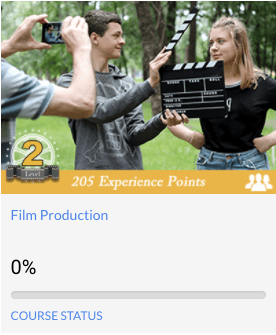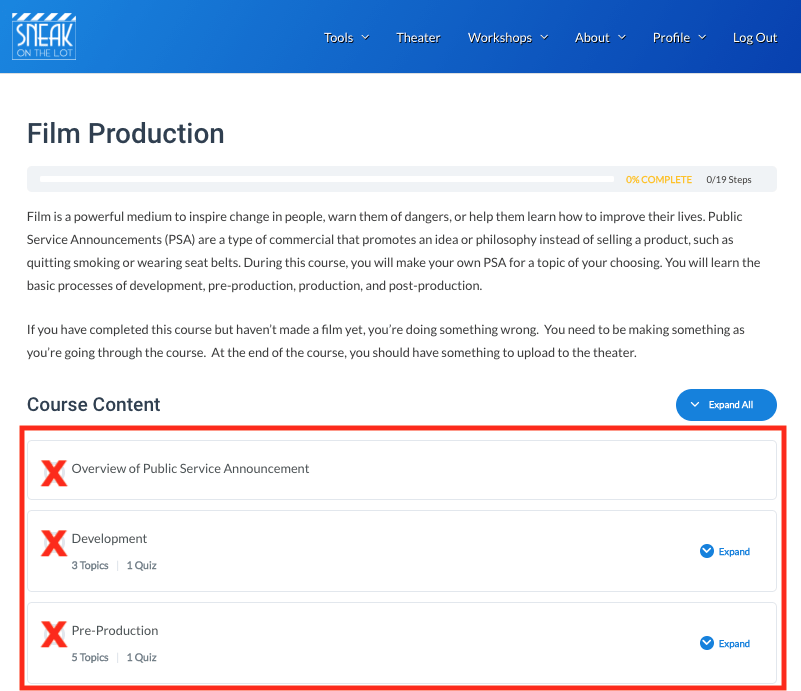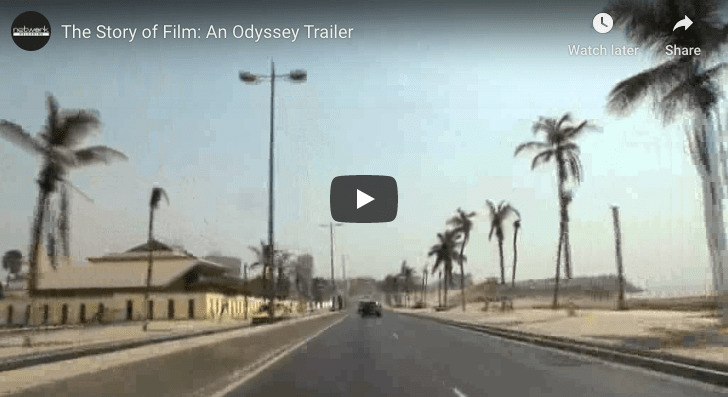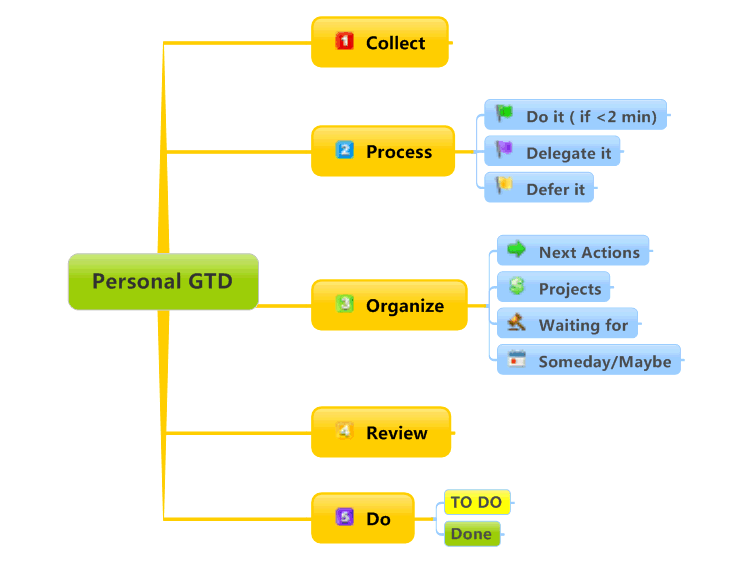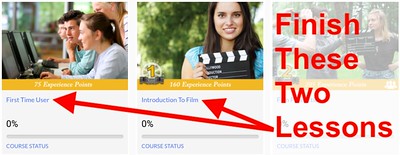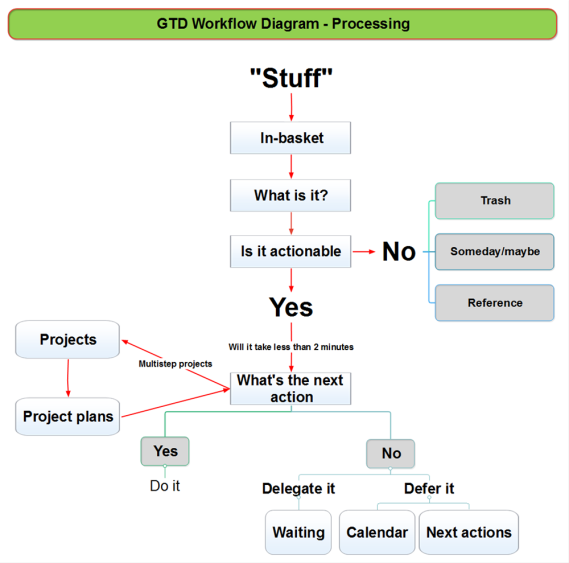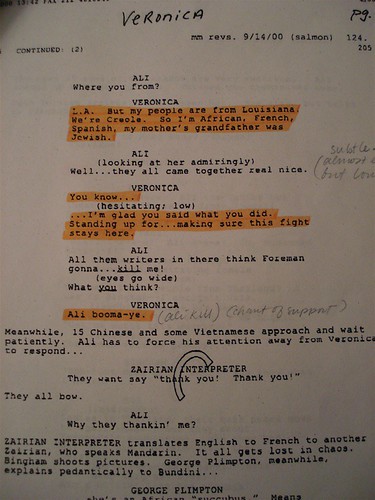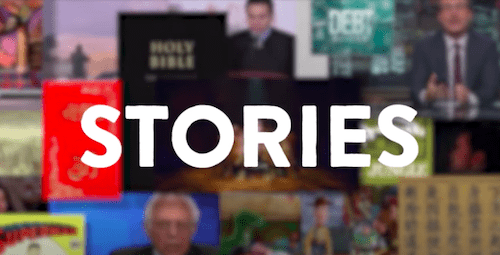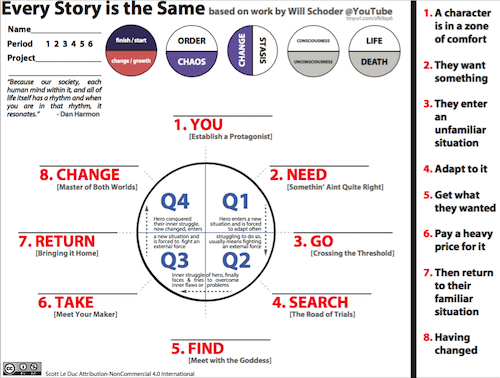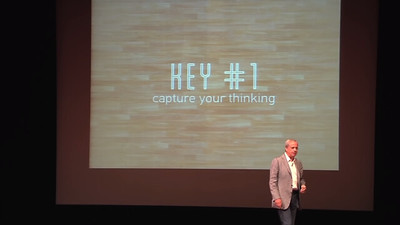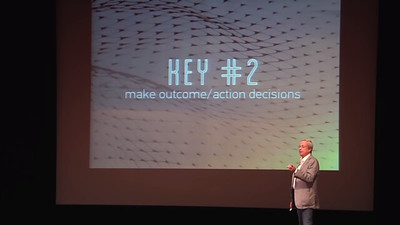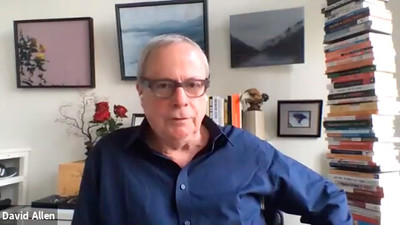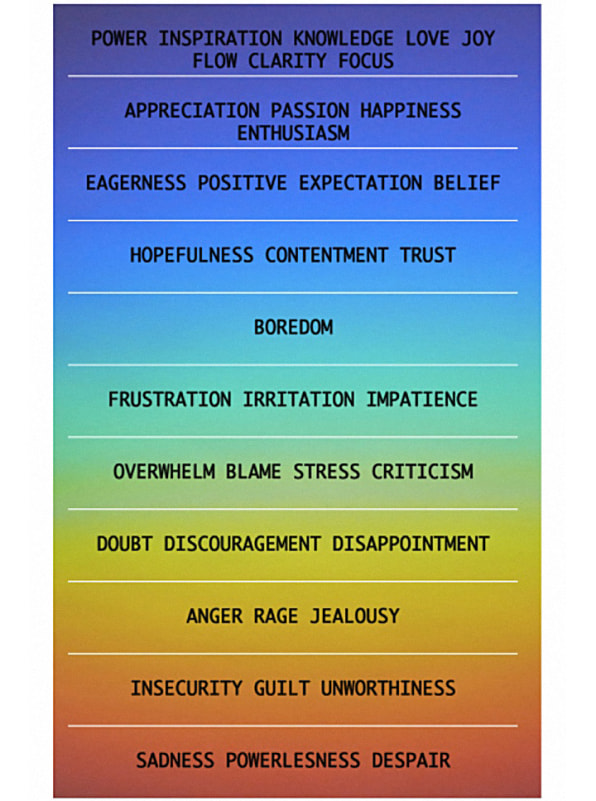“Film scripts for sale in Soho! #newyork #newyorkcity #nyc #movies” by Nat Ireland is licensed under CC BY-NC 2.0
Summary
A guide to planning, researching and creating your DP Film Comparative Study
- Follow the directions for each step below
- Include for your work where it is required
Student Work
- To be placed after students create posts
Steps and Tasks
- Brainstorm possible films for the task. You must select TWO films from contrasting cultural contexts.
- Brainstorm and justify at least three different areas of FILM FOCUS for your two chosen films.
- Brainstorm and justify at least two different CULTURAL CONTEXTS for your two chosen films.
- Consolidate your ideas and develop at least three different RESEARCH QUESTION topics for your study.
- Finalize your choices and select your RESEARCH QUESTION. Choose two films for comparison.
- Develop the main arguments you will make about your topic.
- Collect evidence from the films that support your argument. All in a separate document.
- Research secondary sources for information that supports your argument.
- Write your Narration and plan the audio-visual components of your video essay.
- Record, assemble, and edit your Comparative Study Video Essay.
- Create a Works Cited document (separately) once your Comparative Study is finished.
Guidance for Your Work
“Simple formative analysis of film elements, no matter how precise or insightful, won’t cut it which is why the research question needs to be crafted in such a way that it provides scope for theoretical and socio-historic exploration. It’s basically an EE in disguise but focusing on two very different textual sources.”
- Thoroughly read the Comparative Study requirements in IB Film Guide PDF (including rubrics)
- Examine the CS Poster 1 (PDF)
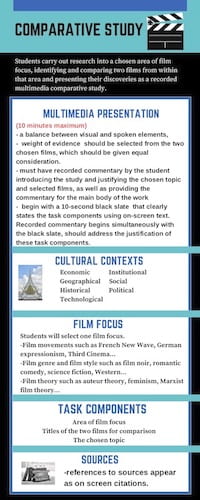
- Examine the CS Poster 2 (PDF)

- Watch Garrett’s CS Example and Read Garrett’s Two Column Script
- Notice the color designating justified film language elements
- Watch another example about South Korean New Wave
Comparative Study Task Components
For this assessment task, each student identifies, selects, and researches each of the following task components.
- TASK 1: One area of film focus.
- TASK 2: Two films for comparison from within the chosen area of film focus, one of which originates from a contrasting time (historical) or space (geographical) to the personal context of the student, and the other film identified for comparison must arise from a contrasting cultural context to the first film. Students are required to select films they have not previously studied in depth. The selected films cannot come from the prescribed list of film texts provided for the textual analysis assessment task and, once selected, the films cannot be used by the student in any other assessment task for the DP film course or the extended essay.
- TASK 3: A clearly defined topic for a recorded multimedia comparative study, which links both the selected films and the identified area of film focus. Each student should invest time in researching, developing, and honing their topic (which in most cases is likely to be expressed in the form of a research question) to ensure it is clear, focused and concise, in order to provide them with the maximum potential for success in this task. The topic should seek to enrich the student’s understanding of the chosen area of film focus and should avoid a plot-driven approach to the comparison.
The assessment criteria for this task requires students to provide a strong justification for the choice of task components as part of the recorded multimedia comparative study. This includes the student’s justification for how films arise from contrasting cultural contexts.
1. FILM Choices List (Around 10 mins)
| Which films are you considering for your final Comparative Study? List as many as you wish below as part of an initial brainstorm. Remember that you must select TWO films from contrasting cultural contexts for this task.e.g. CITIZEN KANE | Year, Country, and Director of the films e.g. 1941, USA, Dir: Orson Welles |
| The Shawshank Redemption | 1994, USA, Dir: Frank Darabont |
| The Martian | 2015, USA, Dir: Ridley Scott |
| Get Out | 2017, USA, Dir: Jordan Peele |
2. Areas of FILM FOCUS
- Research Film Movements
- Research Film Genres
- Research Film Style (difference between genre and film style defined)
- Research Film Theory
| Film Focus Possibility – identify the broad focus area and then add specifics (e.g. “THEORY – Auteur theory” or “GENRE – Horror”). Develop at least THREE options…you can create more by adding more rows. | Justification for this Film Focus. Be as specific as possible. |
| Genre, Prison | Applies for the Shawshank Redemption, due to Shawshank being set in a prison, Get Out due to Chris being stuck in his body/house, and the Martian with Mark being stuck on Mars. |
| Portrayal of Freedom | The idea of freedom is questioned in all three choices. Get Out shows the horror of losing freedom of your actions, Shawshank Redemption portrays this with Institutionalization, and The Martian portrays this due to Mark being stuck on Mars (?) |
| Drama | Two of these films rely not upon action sequences, but through visuals on what the characters are doing. |
3. Chosen CULTURAL CONTEXT
For this assessment task, “cultural context” involves consideration of some of the following factors, some of which may be blended (such as socioeconomic factors).
- Economic, Geographical, Historical, Institutional, Political, Social, Technological
| Identify at least TWO Cultural Context possibilities for your chosen films films. |
Justification for this Cultural Context. Be as specific as possible. |
| Institutionalization | Institutionalization doesn’t just apply towards prisons, it applies towards any other culture. Watney in the Martian gets used to life on Mars, while Dufresne gets used to life in prison, and Shawshank Redemption heavily shows the idea of Institutionalization with Brooks. |
| Time frame of films | The Shawshank Redemption portrays mid 1900’s in an American prison, although all films are somewhat portrayed in America, time frame is important. The Martian takes place in 2035, and Get Out takes place in 2017. Social structure was completely different in these different times. |
4. RESEARCH QUESTION Possibilities
Consolidate your thoughts above and develop at least THREE different research question possibilities. More are possible by adding additional rows to the table below. FYI these will be shared with the full class for discussion of strengths and weaknesses.
| Your Chosen Area of Film Focus | Topic for Comparative Study (written as a research question) |
| Portrayal of Freedom | How well does (Film 1/2) portray the idea of Freedom? |
| Genre, Prison | How does the representation between a prison differ between (films 1/2)? |
| Film Narrative | How does the portrayal of time differ between (films 1/2) and how does it affect the film as a whole? |
5. Final Decisions
Using your topic options in the table above, select ONE to be your final topic for this Comparative Study task. NOTE: There are examples from the IB of what this should look like below this table.
| Your Chosen Area of Film Focus | Film 1 | Film 2 | Contrasting Cultural Context | Topic for Comparative Study practice task (written as a research question) |
| Genre, Prison | Shawshank Redemption | The Martian | Genre, Prison | How does the portrayal of a prison differ between the Shawshank Redemption, and the Martian? |
6. Developing Your Topic
| Develop 3-5 main arguments that can be made about your topic based on your research question and chosen film focus. | Brainstorm how you could support these arguments within your video essay. |
| Portrayal of time | How much time passes by throughout each film? Which film feels longer because of this? |
| The cause of the protagonists being in their place. | Dufresne is placed into Shawshank due to a (possibly false) murder of his wife. Watney is stuck on Mars due to a storm. |
| Ingenuity of protagonists. | Each prison has their own set of problems, and seeing how the protagonist deals with these could be seen. |
| How much does each of the protagonists want to escape? | The protagonists view the situations differently. Obviously, one is just on a completely different planet, with no other people, while the other is in a prison with fellow inmates. |
7. Selecting Supporting Evidence (Primary)
| Identify at least 15 scenes from your chosen films that will help support the arguments you have outlined above. Screen clip a frame from each scene below. | Write notes about how this scene helps support your argument. (These notes will help form your voice-over narration.) |
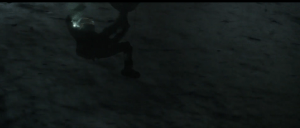 |
Watney is flown into the storm due to a piece of debris, which also pierces his suit. |
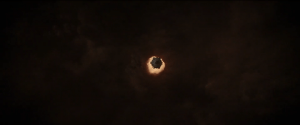 |
Despite having to leave a man behind, the other crewmates decide to leave due the situation, showing that he will be stranded for (mostly) the rest of the film. |
 |
Dufresne in court, being formally sent into prison, for 2 life sentences. Showing who he was before being sent in. |
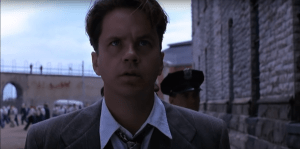 |
Dufresne approaches Shawshank, and sees the environment, and the people around it. |
 |
Watney comes across an obstacle, that being which of a limited supply of food, and to solve that, he has to go through organic waste to create soil. |
 |
Watney eventually creates a solution, and creates a greenhouse within to supply himself with food. |
 |
Dufresne’s personal problem is with a gang called “The Sisters”, led by Bogs Diamond, who target him for months. |
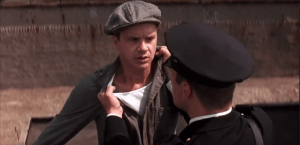 |
Andy overhears the captain of the guard, Hadley, and get’s his trust through doing his taxes. |
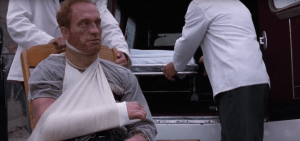 |
Andy quietly requests the guards to beat up Bogs in his cell, and afterwards, having him sent to a mental hospital. |
 |
To escape, Watney comes up with the idea to create a system of communication with NASA, utilizing a camera to look at hexadecimal letters. He eventually gets instructions on how to help him escape. |
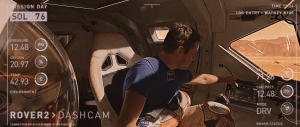 |
Knowing he has to utilize the rover, he has to follow the rules to gather supplies to eventually escape the atmosphere. |
 |
He eventually leaves the atmosphere, and is picked up by another ship that’s above orbit. |
 |
Dufresne comes up with an escape utilizing a rock hammer that he got from a fellow inmate, Red, and a fake I.D. when doing the guard’s taxes. |
 |
He utilizes a poster on his wall to cover up a large hole he carved in, and escape through the sewer system. |
 |
Despite showing that Dufresne was in fact innocent, he had to break the rules to escape. |
*Add more rows as needed.
8. Selecting Supporting Evidence (Secondary)
| Identify at least 3-5 secondary sources (articles, books, websites, video essays, etc.) which provide information that help support your arguments being made. In this column include the specific source citations. | Summarize the detailed information from the secondary source that you can use in this column. (You can copy+paste if they are from online sources.) |
| https://www.youtube.com/watch?v=w3YLb5eMlRw | Video essay based upon how Andy finds his freedom within Shawshank. |
| https://shawshanktrail.com/sites-listed/shawshank-prison/ | Some information solely upon the Shawshank prison. |
| https://www.gradesaver.com/the-martian/study-guide/summary | I haven’t actually watched “The Martian” in a while, so I just kind of read this to just understand the basics again. |
*Add more rows as needed.
9. Writing Your Narration
Using the information, scene choices, and external sources you have compiled in parts 6-8, you will now write your voiceover narration and match it up to your chosen visual examples.
For the final Comparative Study, your narration should be no longer than 10 minutes in length.
Assemble in Two-Column AV Formatt in Celtx (Tutorial) or use Google Docs
Remember that you need to:
- COMPARE and CONTRAST your two chosen film using the arguments and evidence you identified in parts 6-8
- Begin your narration with a detailed justification for the chosen cultural contrast
- Use an equal balance of the two selected films.
- Write in a third-person voice to construct your argument (similar in tone to your Extended Essay and other
comparative analytical work you have written in Film class). - Identify where any WRITTEN TEXT will appear on the screen and highlight this (to reference during the
creation/editing stage)
| Voiceover Narration Ideas | Which visual evidence/scenes line up to this part of the narration? |
10. Assembling the Comparative Study
Now you will collect all media resources needed for the task and construct your video essay.
REQUIRED STEPS
- Import the digital copy of your chosen films into editing software
- Identify and extract chosen scenes and clips
- Place and edit clips into a rough timeline for your video essay
- Record audio narration (both partners should participate in narrating this practice task)
into an audio file using recording equipment (Zoom recorders, iPhone, DSLR Rode video
mic, etc.) - Import your recorded narration audio file into your project timeline
- Assemble, edit and fine-tune clips and narration until your video essay takes shape
- Create and add any required textual information in the timeline (including black slate at the start)
- Audio mixing of narration and movie clips (adjust levels so that narration and movie sounds complement each other)
- Export the final video essay movie file
- Upload Unlisted draft to YouTube for peer review
- Create Works Cited list separately (Google Doc)
*NOTE: Separate tutorial and tips sessions will be held throughout this process to provide guidance on recording your voice-over narration and mixing the audio levels successfully.
Examples of Possible Task Components (from the IB)
| Area of film focus | Film 1 | Film 2 | Possible topic for comparative study |
| Film movement: German Expressionism | The Cabinet of Dr. Caligari (1920) | Edward Scissorhands (1990) | How and with what effect are specific film elements of German expressionism used within a chosen contemporary film? |
| Film movement: French New Wave | Breathless (1960) | Badlands (1973) | The influence of the French New Wave on New Hollywood’s use of innovative film elements in its representation of youth and violence. |
| Film genre and film style: Black comedy | No. 3 (1997) | The Big Lebowski (1998) | To what extent do “black comedy” films differ according to cultural context? |
| Film theory: Soviet Montage | Battleship Potemkin (1925) | Koyaanisqatsi (1982) | To what extent are specific features of Soviet montage theory faithfully employed in a contemporary experimental film? |
External Assessment Criteria SL and HL
Peer Review Checklist
| TASK COMPONENTS (ACTION) | Notes / Suggestions | |
| __ | Assemble Findings | |
| __ | Develop a personal and critically reflective perspective | |
| __ | Identify and gather appropriate audio-visual material to support the study | |
| SCREENPLAY | ||
| __ | Justify the chosen topic and selected films | |
| __ | Make sure that the text is in a formal academic register (can be in the 1st person) | |
| __ | Balance between visual and spoken elements | |
| __ | Make clear reference to your sources as on-screen citations (text on-screen) | |
| __ | Make sure primary weight of evidence for the study from the two chosen films | |
| __ | Make sure each film is given equal consideration | |
| __ | Make sure film language information is communicated clearly throughout (avoid “to be” verbs – make statements like “blah is this.”) | |
| __ | Make sure information is communicated logically rooted in film language | |
| __ | Have another student highlight the WHAT WHY HOW in your draft screenplay | |
| VIDEO ESSAY | ||
| __ | Recorded voice and edited commentary numerous times until happy with the material | |
| __ | Make sure your name and the school’s name ARE NOT IN THE ESSAY | |
| __ | Make sure to have 10 second title card with: 1. Area of film focus, 2. Titles of the two films for comparison, and 3. The chosen topic | |
| __ | Include breaks in your recorded commentary to enable other audio-visual material included in the study to be clearly heard (if needed) | |
| __ | Make sure film clip length matches points being made | |
| __ | Make sure still images have citations on-screen, if you have them | |
| __ | Make sure text on screen is legible and spelled correctly | |
| __ | Make sure information is communicated audibly (levels are good for all sound) | |
| __ | Make sure information is communicated visually appropriate manner | |
| __ | Make sure background music is from Creative Commons and is cited | |
| __ | Make sure edits are clean | |
| __ | Make sure presentation is 10 minutes maximum, including title card and credits | |
| __ | Make sure two films are listed in sources | |


